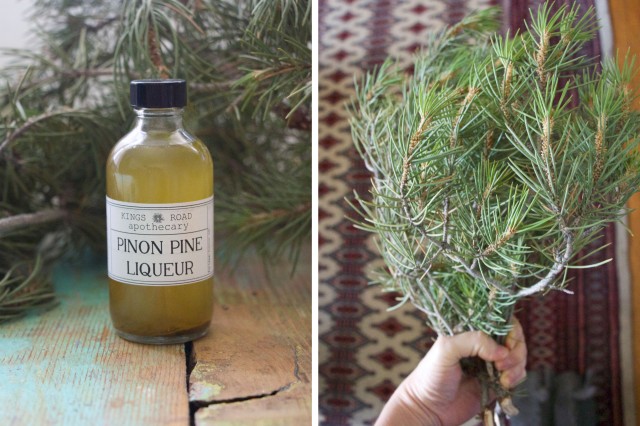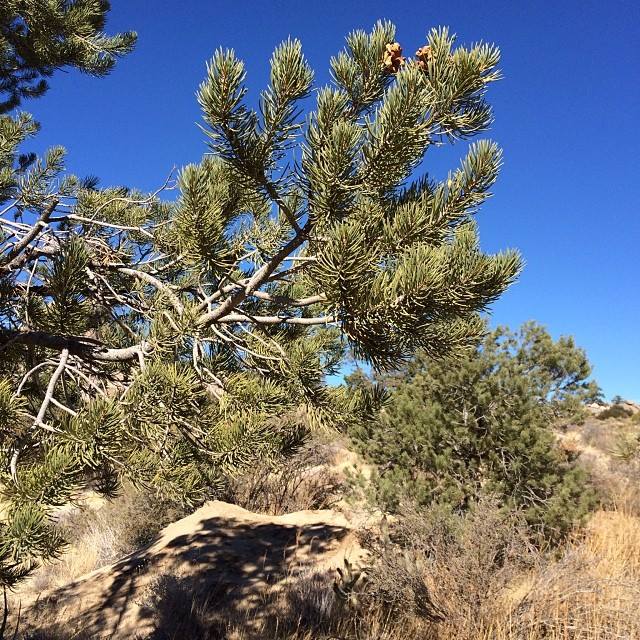How to catch the light.
(or, what to do with your Christmas tree)

I liken chasing time to hanging out with cats. You cat people out there will understand this scenario:
You want a cuddle, and you want it bad. Little fur ball is doing her thing, looking fluffy and cute. If you’re a normal, non-cat person, you pick her up and clutch her to your chest tightly. She might make a low mewing noise or she might go very still. Now you are happy because you have the kitteh, and this is good. Give it about 15 seconds before she starts wriggling. And then maybe if you’re lucky she can escape without scratching your face off. Every cat person knows that the best way to get a cat to cuddle you is to ignore it, or to develop a cat allergy, or to put on clean black clothes that are freshly ironed. In other words, to let go.
What does this have to do with time? Well, it all comes back to my stoop, and the sunrise.
I’ve mentioned my infatuation with morning light before. It happens every autumn and winter, when the nights grow longer, and the shadows grow longer, and the hours of sunrise and sunset are golden. If I were the person who named colours, I’d name this specific gold ‘nostalgic gold’, because even though nostalgia doesn’t have a colour, it does. Its gold.
Every morning with the light like this, I try to think of ways to hold onto it. In my mind, there’s a running tally, of the number of winters I might have left in life, and the number of sunrises in those winters, and well, when you calculate it this way, each one feels really very important indeed, like something that needs to be clutched close to my chest and never let go of. Like the cat, who appreciates it about as much as the sunrise would.
And not specifically because the year is ending, but because the year is ending AND I’m looking out the window at orange light fading to yellow, and thinking about how in a few months that light will be bright white, I started thinking again about holding on and letting go, about how in these moments it feels as though life is stretched out, touchable, for the taking.
Of course the surest way of making time move faster in instances when you want it to stay forever is to try and hold onto it for dear life, or to even panic about it ending while you’re experiencing it, or to reach for a camera to try and clasp it in memory, or to try and place a word-value on it. Word values don’t always work, and its in the situations that they don’t work that I find my mind clutching for something else to try and understand it when, in reality, much like with the cat, the best way to experience it is to simply let go.
The best way I know to catch the light is to bask in it. Sometimes this means even closing my eyes, which seems counter intuitive since its my eyes that delight in it more than anything else. but its not, because with closed eyes its as if every other part of my body can soak it up, like a thirsty sponge.
These ineffable things cannot be captured in jars (though I have tried to capture the sunrise in a jar and highly recommend it as an exercise in zen futility). Nor can cats. But plenty of things can. One of the reasons I so love cooking with wild things, and making my own medicine is that each thing is connected to a certain space and time. That batch of chaparral and white sage salve? Both were gathered in the Santa Rosa mountains in early 2013, when I was feeling overwhelmed with the city and drove out on a whim, remembering at the last minute that I needed to gather some anyway. That alder tincture? Gathered on Jam’s mum’s birthday in a creek that I had to sneak into and got 13 bug bites and 5 scratches as a result. Its also the best alder I’ve ever used and will risk such painful consequences again this year. Or even more nostalgic: that pedicularis tincture? Gathered in one of my favourite places, with Jam, on what was one of our best vacations ever. I cannot use that tincture without also using the place, in the Sierras, and that time, in June, when the days were warm and the nights were cold and we drank forest teas around the fire while listening to the river rush by.
Of course all of this is a lead-in to me bringing up your christmas tree, which, yes, I know, has most likely been sprayed with chemicals. But if it hasn’t, or if you don’t care (which I highly recommend doing on occasion as it is most liberating), one of my favourite ways to preserve the winter is in a liqueur. I sent out little gift bottles of a wildcrafted piñon liqueur along with the December surprise box and have never received as many recipe requests in the weeks following. There are, of course, a million things you can do with your tree: infused sugars, infused honeys, infused vinegars, dried for teas, a brilliant and fun bonfire the list is endless. But this is my favourite, simply because I find something ritualistic about liqueurs, to share them, to bring them out at the end of a long day, to pour and sip and reminisce, is connecting one time to another time with a reverent thread: simultaneously holding on and letting go, in a nod to that golden light of nostalgia and a flavour that assaults your senses and refuses to let you drift too far into the past. And this, my friends, is how I try to hold onto time: with reverence, while letting it go.
Happy 2013 lovely readers, I hope that wherever you are and whatever life brings you, it is yours and that you grasp it with both hands and live it to your fullest.
Christmas tree liqueur
You’ll need:
1 part tree needles— just strip them off the branches. They contain the most flavour and the least bitterness.
2 parts vodka. I use a middle-of-the-range brand because I think it makes a slight difference, but there’s no point in going for the most expensive stuff because you’ll be flavouring it.
3/4 part sugar. Organic, evaporated if that’s your thing (that’s my kinda thing).
A blender.
So let’s say you have 2 cups of needles. Put them in a big airtight container and cover with vodka. Leave them here for a week. Then after a week, put the whole thing through the blender before straining. Put the strained liquid back in the jar, and add the sugar. Shake on occasion until the sugar is fully dissolved, taste for sweetness (you might like it more sweet) then bottle and label. The flavours mellow out after they’ve been sitting for a while and in a year it’ll be quite spectacular.


